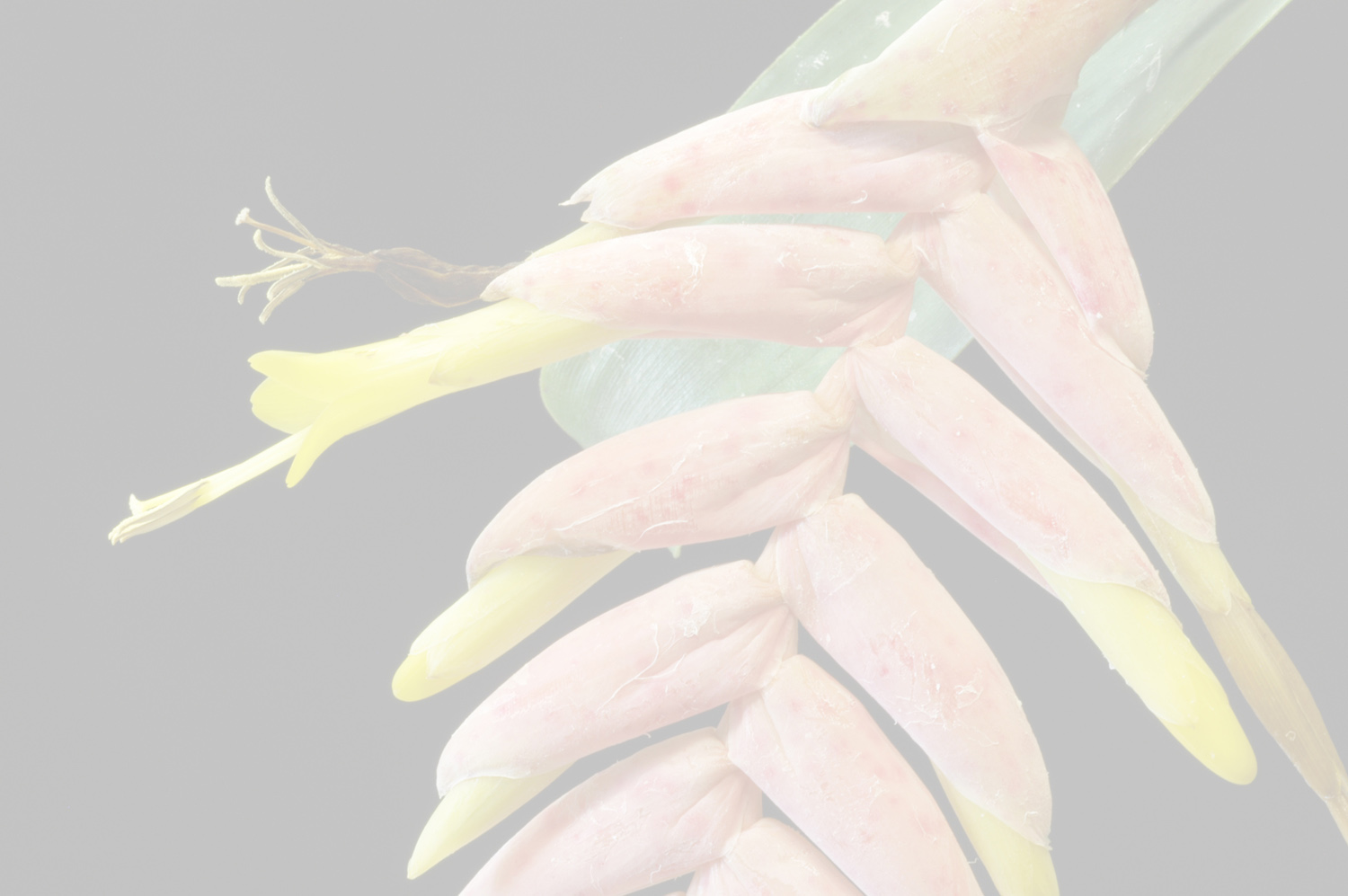

 Vriesea fontellana Leme & G.K.Br.[as Vriesea fontellana Leme & G. Brown]
Vriesea fontellana Leme & G.K.Br.[as Vriesea fontellana Leme & G. Brown]Diagnose: —A V. goniorachis (Baker) Mez, cui affinis, limbis foliorum distincte brevioribus, suberectis vel patentibus sed apicem versus leviter ascendentibus, inflorescentia densa, appendibus petalorum asymmetricis, grosse et longe fimbriatis differt. A V. appariciana E. Pereira cui proxima, foliis brevioribus, supra viridibus (haud cinereis), minus rigidis, marginibus haud truncatis, inflorescentia longioribus, floribus plurimis, per anthesim solum leviter unilateralis, bracteis floriferis haud sulcatis, petalis latioribus differt. Observations: —This new species is morphologically close related to V. goniorachis but differs from it by shorter leaf blades (ca. 11 cm vs. 27-35 cm) that are suberect to spreading and ascending toward apex (vs. suberect- arcuate with recurved apex), inflorescence densely flowered (vs. laxly to subdensely flowered), petals with appendages asymmetrical (vs. symmetrical) that bear coarse and long fimbriate apex (vs. apex long acuminate to irregularly bidentate). On the other hand, V. fontellana also resembles V. appariciana and differs from it by shorter leaf blades (ca. 11 cm vs. 17-25 cm) that are green adaxially (vs. grayish-green), and subcoriaceous (vs. thickly coriaceous), with margins not truncate (vs. distinctly truncate and 1 mm thick). Also, when compared to V. appariciana, V. fontellana has longer inflorescence (ca. 25 cm vs. 12-17 cm) with more flowers (ca. 20 vs. 1016) that are only slightly secund at anthesis (vs. distinctly secund at anthesis), floral bracts that are not sulcate (vs. strongly and coarsely corrugate -sulcate), and broader petals (ca. 23 mm vs. 12-18 mm).Edited from (21-10-2014): Vidalia, Revista da. (protologue) .